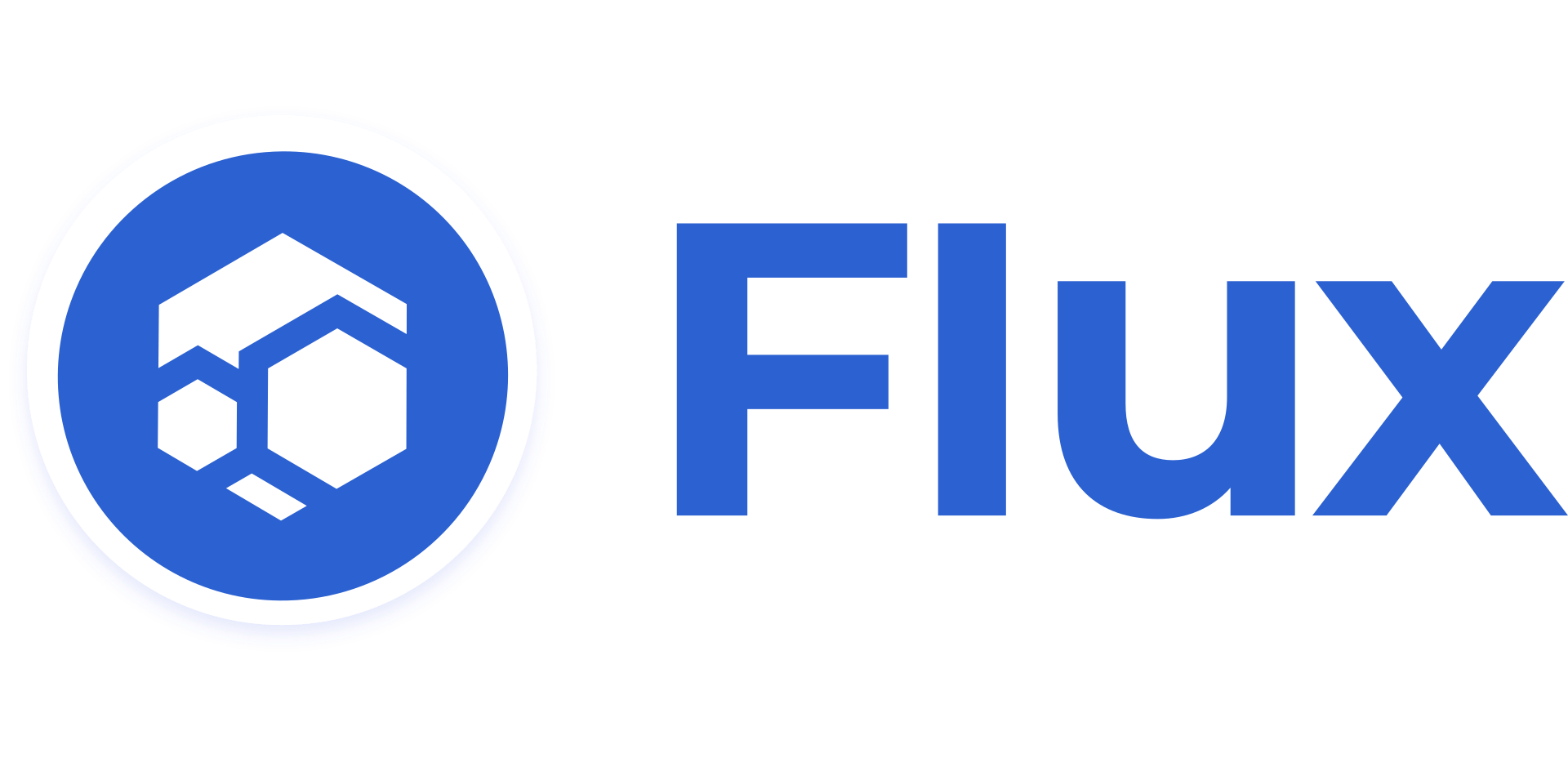For quite a few years, Amazon Web Services, Google Cloud, and Microsoft Azure have dominated the cloud computing industry. Because they are powerful, have plenty of storage, and offer many services, most businesses and decentralized applications rely on them. At the same time, having all the data handled by a single company makes people wonder about who is really in control and owns the data, since that overall control can be easily lost in the event of one failure.
Consider a new way called the decentralized cloud and try Flux crypto, which is also called Flux cryptocurrency or Flux coins. Rather than relying on big, individual data centers, Flux is creating a cloud infrastructure using a network of community-based Flux node operators all over the world. It plays a role in Web3, which seeks to give power and control over data to more people. Does Flux have the tools needed to tackle powerful and wealthy cloud providers without the backing of a centralized infrastructure?
What is Flux Offering as a Decentralized Cloud?
Flux's pitch is compellingly simple: a distributed, resilient, and censorship-resistant network for deploying applications and services. Instead of relying on a single provider, applications on the Flux network run across these many individual Flux node instances, making them much harder to take down or censor. The Flux network, managed by its Linux-based operating system called FluxOS, essentially rents out computational power and provides computational resources contributed by community members all over the world. The Flux token, or FLUX crypto token, is the fuel for this blockchain ecosystem, used for payments, rewards, and on-chain governance. They even have interesting tech like Proof of Useful Work, aiming to make the underlying consensus more productive and utilize the computational network for real-world tasks.
Decentralized vs. Centralized: A Key Comparison
Comparing this to the centralized heavyweights reveals a fascinating contrast. Giants like AWS offer unparalleled scale, a vast array of services (everything from basic storage to advanced machine learning), dedicated support, and years of built-up trust with large enterprises. They are reliable, powerful, and convenient.
However, this convenience comes with inherent trade-offs. When you build on a centralized cloud, you're subject to that provider's terms, fees, and potential outages or censorship. If the provider decides your application violates their rules, they can, in theory, shut it down. Your data resides on their servers, raising questions about ownership and privacy.
This is where Flux and the decentralized approach offer a compelling alternative. The censorship resistance is a major draw for applications that prioritize freedom of speech or need to operate outside the control of any single entity. The distributed nature can also offer a different kind of resilience—a problem in one data center doesn't take down the whole network. Plus, the cost structure, often based on resource usage and incentivized by the Flux token economics, could potentially be more competitive for certain use cases when you purchase resources. The ability for node operators to earn rewards by providing computational resources is also a key differentiator.
The Challenges Facing a Decentralized Challenger
That said, challenging the giants is no small feat. Centralized providers have massive infrastructure, decades of operational experience, and deep pockets for R&D and marketing. They offer a level of polish, ease of use, and enterprise-grade features that decentralized networks are still actively building. Adoption is another hurdle; developers and businesses are deeply ingrained in the centralized cloud ecosystem, and migrating requires effort and a new way of thinking, despite the benefits of a decentralized finance approach. Scaling to truly match the capacity of the giants is also a significant technical and logistical challenge for any decentralized network. Building trust in the blockchain industry for real-world enterprise use takes time and active partnerships.
Can Flux Seriously Compete? The Outlook
So, can Flux seriously challenge centralized cloud giants? Perhaps not in the sense of replacing them entirely anytime soon. The scale and breadth of services offered by AWS or Google Cloud are immense. The current price of flux and its volatility, as seen on a flux price chart, are also factors investors consider alongside the market cap and circulating supply. Understanding the daily trading volume and market sentiment is crucial if you plan to buy flux or trade flux. Approaches like dollar cost averaging can help mitigate risk but ultimately require individual risk tolerance and doing your own thorough research.
However, Flux isn't necessarily trying to be a one-for-one replacement for every single cloud workload. Its strength lies in offering a credible decentralized alternative for specific needs, enabling developers to build without the constraints of centralized clouds. For developers building Web3 applications, for projects prioritizing censorship resistance, or for users who value data ownership and distributed control, Flux presents a powerful and increasingly viable option. Features like parallel asset support (Flux ETH, Flux BSC, and other parallel asset integrations across other blockchain projects) and the underlying Flux blockchain contribute to its versatility, allowing Flux to fuel transactions and enabling users with technical knowledge to participate actively by collateralizing nodes and utilizing their voting power in on-chain governance. The Flux team continues to develop this open-source project.
Think of it less as a head-on battle for the entire market and more as carving out a significant and growing niche based on the core principles of decentralization. As the Web3 space matures and the demand for decentralized infrastructure grows, platforms like Flux are incredibly important. They offer a glimpse into a future of cloud computing that is more distributed, resilient, and potentially more aligned with the original vision of an open and free internet. Whether it ultimately challenges the giants might depend on how widely this decentralized vision is embraced and how effectively Flux can continue to build out its network and services to meet real-world demands. It's definitely a space worth watching where things are constantly happening and nodes play a vital role, secured by proof of work and incentivized by transaction fees.

















